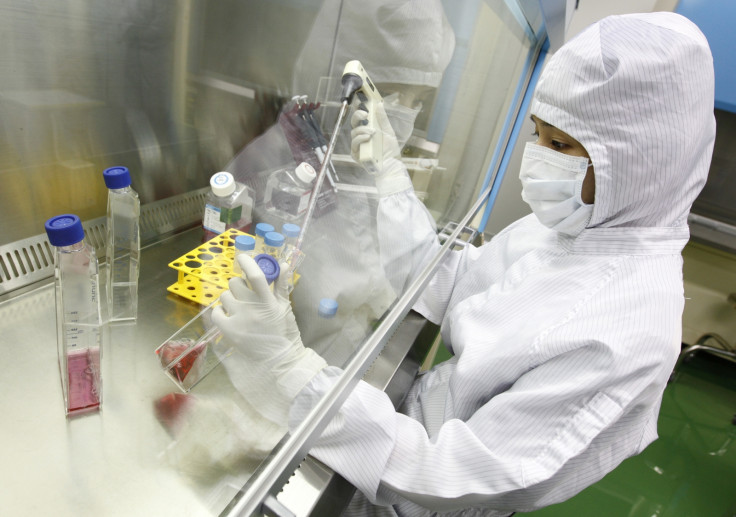Stem Cells Made to Develop New Blood Vessels and Restore Damaged Eye and Limbs in Mice

A technique to prod the body into creating new blood vessels has been developed at Indiana School of Medicine in what could provide relief for blindness, amputees and those suffering from painful peripheral artery disease.
Tested in mice successfully, it helped restore blood flow in damaged tissues in the eye and limbs.
The findings have been reported in the Nature Biotechnology paper.
Endothelial cells usually repair and help form new blood vessels in the body but as the body ages the cells lose their capacity.
By injecting young endothelial cells found in umbilical cord blood into an affected region, new blood vessels can be formed.
Using pluripotent stem cells, (normal adult cells reverted into more primitive stem cells that can produce most types of bodily tissue) the team developed a methodology to mature the cells into those with characteristics of endothelial cells.
When injected into mice they developed into human blood vessels and restored blood flow to damaged tissue in the eye and limbs.
Human stem cells have been used successfully in animals paving the way for growing organs that can be transplanted without being rejected by the body.
The endothelial colony-forming cells grown in laboratory tissue culture expanded dramatically, creating 100 million new cells for each original cell in a little less than three months.
"This is one of the first studies using induced pluripotent stem cells that has been able to produce new cells in clinically relevant numbers -- enough to enable a clinical trial," Dr Mervin C Yoder said.
The next step would be human testing of the technique.
Stem cells are the body's growth and maintenance units that differentiate into the various cell types to build organs. At later stages, they are used by the body to replace damaged tissues.
Recently, a team at Michigan University discovered the gene that possibly holds the programming key for stem cells wherein one cell type could be induced to form another cell type.
© Copyright IBTimes 2025. All rights reserved.





















